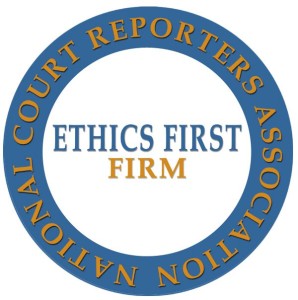 The 2007-2009 recession changed the relationship in the legal profession. Clients are now demanding that attorneys do more for less.
The 2007-2009 recession changed the relationship in the legal profession. Clients are now demanding that attorneys do more for less.
Before the recession, potential clients would hunt for attorneys and be elated when they found one who would fight for them. Furthermore, these clients would humbly pay for the privilege of the attorney’s knowledge and expertise.
Nowadays, potential clients want attorneys to fight over them and supply incentives for the privilege of being represented. Incentives such as…
- Free services. Complimentary consultations, pro-bono advice, and free-of-charge filing are just some of the perks clients are demanding.
- Convenience options. Phone, video, or online conferencing, free delegation services (where lawyer handles everything and makes decisions after speaking to the client), and other options that push more work on the hired legal help.
- Progress reports. Periodic reports and updates on the case…even if there are no developments.
The problem with this is that every extra incentive you give costs you time and money—two things you can’t afford just to give away. But, then again, you also can’t afford to lose the client, so what can you do?
The only plausible answer is to adapt.
Adapting to Changes in the Market for Legal Services
As clients begin to demand more from their attorneys, many firms are starting to implement “Alternative-Fee-Arrangement” (AFA) billing. AFAs are essentially substitute forms of payment to the standard billable hour. By using alternative forms of billing, a firm (or lawyer) can set personal and financial limitations on incentives while also meeting client expectations.
Some common forms of AFAs include:
- Contingency fees. A contingency fee agreement states that the firm will collect an agreed-upon percentage of a settlement (plaintiff) or a percentage of the damage difference (defendant) that the firm secured, but only if the firm obtains the agreed-upon result. In other words, the client doesn’t have to pay if he isn’t satisfied (based on the terms of the agreement) with the outcome of the case. While contingency fees are the professional standard in personal injury cases, bar association ethics rules in many states forbid their use in other practice areas.
- Flat fees. A flat fee arrangement states that the firm will represent the client in exchange for a pre-specified fee, regardless of the number of billable hours used. In this type of agreement, the client still takes a gamble if billable hours are low, but the firm also takes a gamble if the billable hours turn out to be high.
- Capped fees. A capped fee is similar to a billable hour system in that the amount is calculated on an hourly basis. However, once the cumulative hourly-pay reaches a pre-determined “cap,” the firm will not be able to charge additional fees—no matter how many more billable hours are used.
- Holdback fees. A holdback agreement allows for the client to pay a percentage of the firm’s hourly rate, up until the conclusion of the case. Once concluded, the client will then pay the firm (based on pre-determined criteria) an additional satisfaction fee.
- Blended fees. A blended fee is an agreement that the client pays one pre-determined hourly ate rather than having to pay extra when a more expensive lawyer is involved. This agreement forces the firm to delegate duties across lesser-paid associates, which in turn gives the client more people working on his case while keeping costs low.
Any one of these alternative fee arrangements is a wonderful way to adapt to avoid giving away money, wasting time, or losing a client. The question is: can your law firm’s culture adapt away from the billable hour model?
What Do You Think?
Are AFAs the way of the future?

